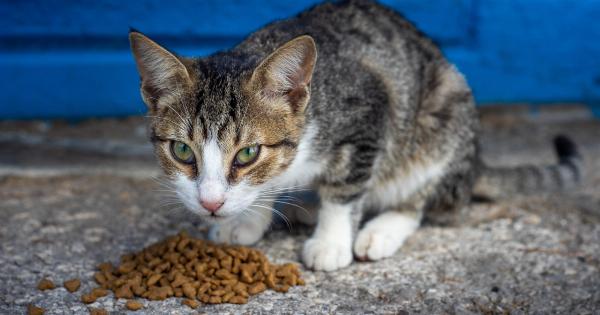E. coli is a type of bacteria that is commonly found in the gastrointestinal tract of both humans and animals. While most strains of E. coli are harmless, some can cause serious illness, typically through the consumption of contaminated food or water.
In this article, we will discuss the red flags of E. coli contamination, helping readers to identify potential risks and take appropriate action to protect themselves and their families.
What is E. Coli?
Escherichia coli, commonly known as E. coli, is a type of bacteria that is found in the human digestive system, as well as intestines of animals. Most strains of E.
coli are harmless to humans and may even be beneficial, aiding in digestion and protecting the body from harmful bacteria. However, some strains of E. coli can cause illness, ranging from relatively mild symptoms such as diarrhea and abdominal pain, to more severe forms of illness such as kidney failure.
Symptoms of E. Coli Infection
The symptoms of E. coli infection can vary depending on the specific strain of the bacteria and the affected individual. However, common symptoms include:.
- Diarrhea (often bloody)
- Abdominal pain
- Nausea and vomiting
- Fever
- Dehydration
- Kidney failure (in severe cases)
Who is at Risk for E. Coli Infection?
Anyone can contract an E. coli infection, but certain groups of people are at higher risk. These include:.
- Children under the age of 5
- Older adults
- Individuals with weakened immune systems
- Pregnant women
Red Flags of E. Coli Contamination
There are several red flags to watch out for that may indicate a risk of E. coli contamination.
Raw or Undercooked Meat
E. coli can be present in raw or undercooked meat, particularly ground beef. To reduce the risk of infection, it is important to cook meat thoroughly, using a meat thermometer to ensure that the internal temperature reaches at least 160°F (71°C).
Any utensils or surfaces that come into contact with raw meat should also be thoroughly cleaned to prevent cross-contamination.
Contaminated Water
E. coli can be present in contaminated water, particularly in areas with poor sanitation. To reduce the risk of infection, it is important to only drink water that has been boiled or treated with a disinfectant.
Additionally, when traveling to areas with poor sanitation, it is important to only consume bottled or boiled water, and to avoid ice made from tap water.
Unpasteurized Products
E. coli can be present in unpasteurized products such as raw milk, cheese made from raw milk, and juice made from unpasteurized fruits.
To reduce the risk of infection, it is important to only consume products that have been pasteurized, which involves heating the product to a temperature high enough to kill any harmful bacteria.
Contaminated Produce
E. coli can be present in contaminated produce, particularly leafy greens such as lettuce and spinach.
To reduce the risk of infection, it is important to thoroughly wash all produce under running water, and to consider using a produce wash to further reduce the risk of contamination.
Poor Hygiene
E. coli can be spread through poor hygiene practices, such as failing to wash hands after using the bathroom or changing a diaper.
To reduce the risk of infection, it is important to wash hands thoroughly with soap and water, particularly before handling food or eating.
Contaminated Petting Zoos
E. coli can be present in the feces of animals, including those found in petting zoos and other animal displays.
To reduce the risk of infection, it is important to thoroughly wash hands after handling animals and to avoid putting hands near the mouth or face while in the area.
Contaminated Pools or Water Parks
E. coli can be present in contaminated pools or water parks, particularly those with inadequate disinfection or circulation systems.
To reduce the risk of infection, it is important to only swim in well-maintained and properly disinfected pools, and to avoid swallowing pool water.
Cross-Contamination
E. coli can be spread through cross-contamination, such as when raw meat comes into contact with other foods.
To reduce the risk of infection, it is important to use separate cutting boards and utensils for raw meat, and to thoroughly clean all surfaces and utensils after use.
Conclusion
E. coli contamination can be a serious health risk, leading to illness, hospitalization, and even death in severe cases. By watching for the red flags of E.
coli contamination, individuals can take steps to reduce their risk of infection and protect themselves and their families.






























